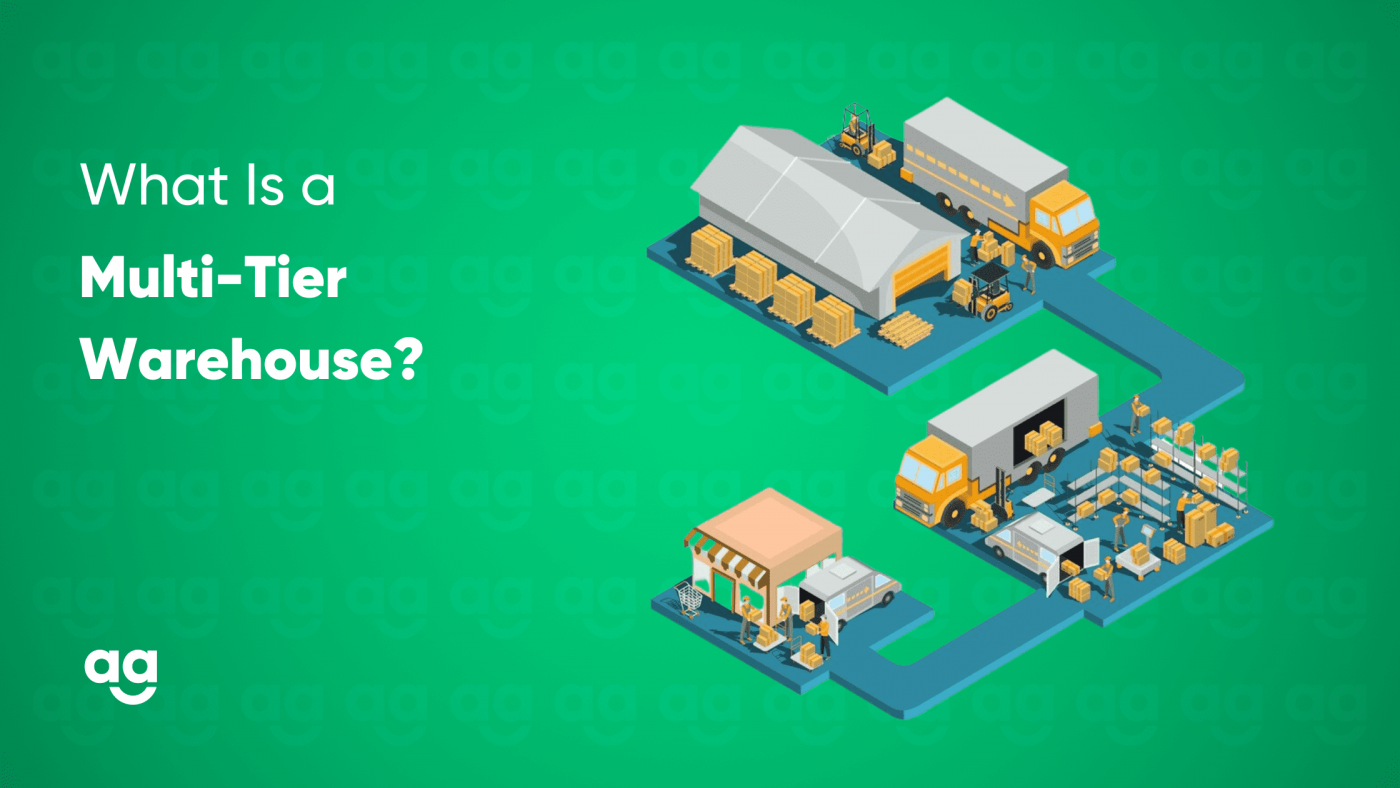Introduction
As e-commerce grows, so does the need for warehousing space. However, rising real estate costs make expansion challenging.
In fact, data suggests that almost 60% of warehouses started using more than 90% of their available spaces. This highlights how space constraints are becoming a prevalent issue for many businesses. That’s why several companies are now transforming their current warehouses into multi-tiered spaces.
Multi-Tier Warehousing: Explained
Multi-tier warehousing allows you to stack goods on top of each other by leveraging multiple levels or floors. This means you can use the same plot of land more efficiently and significantly increase storage capacity.
Below are some defining characteristics of multi-tier warehouses:
- A multi-tier warehouse is like a building with several floors. Instead of just storing items on one level, you can store them on many levels, stacking them up. Workers can use stairs or ramps to move between these levels. Even trucks can use these ramps, making it easier to move goods in and out. This design lets you store a lot more in the same space.
- Multi-tier warehousing spaces are usually also equipped with multiple loading docks so that they can function more efficiently. This makes it easier for warehouse workers to handle storage and shift goods from place to place, adding to the overall efficiency of the warehouse.
Benefits of Multi-Tier Warehousing
In today’s market, the cost of leasing land has increased so much that most e-commerce companies are investing in multi-tier warehousing as a solution to lower costs while still meeting their logistical requirements.
Given below are some of the major benefits of multi-tier warehousing that make it a preferred choice for businesses:
Less Land Required
A single, two-storied, multi-tier warehouse involves less cost than two single-tier warehouses of similar capacity. This is because a multi-tier warehouse can utilize much less land area than single-storied warehouses.
Lower Ancillary Costs
There are several ancillary costs involved with maintaining multiple warehouses instead of a single one.
For instance, there is no need to manage workers at different locations, pay for several sets of utilities, manage transportation costs between locations, and manage administrative duties for multiple locations. This makes it a convenient option for businesses in the long run.
More Efficient
Since suitable real estate in desirable locations is always limited, it’s important to conserve and utilize each location to the fullest degree. Multi-tier warehousing offers a smart solution, allowing businesses to optimize their storage upwards, thereby sidestepping the hefty price tags of expansive land areas.
Wrapping Up
Multi-tier warehouses can help you compete better and become more efficient. Such warehouses provide a solution to several common problems, such as lack of real estate, growing demand, lack of infrastructure, growing costs of labor, and so on.
Whether you’re in e-commerce, manufacturing, or retail, adapting to multi-tier warehousing can significantly optimize storage space and reduce overheads.
If you are looking for a solution to your warehousing and logistical needs, Shipyaari is here to help. We offer technology-backed and data-driven logistics solutions tailored to your specific requirements.







 Shipping
Shipping







